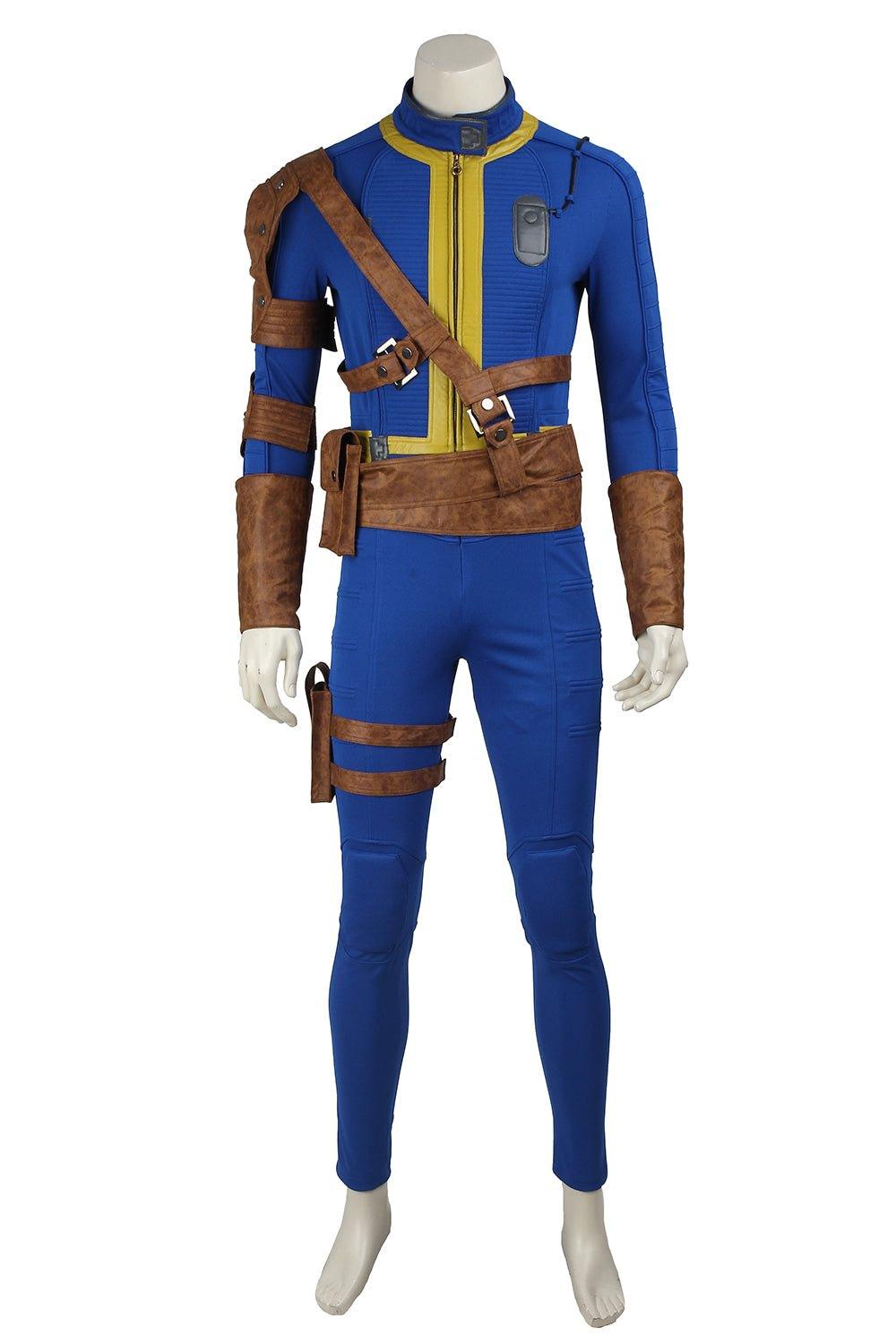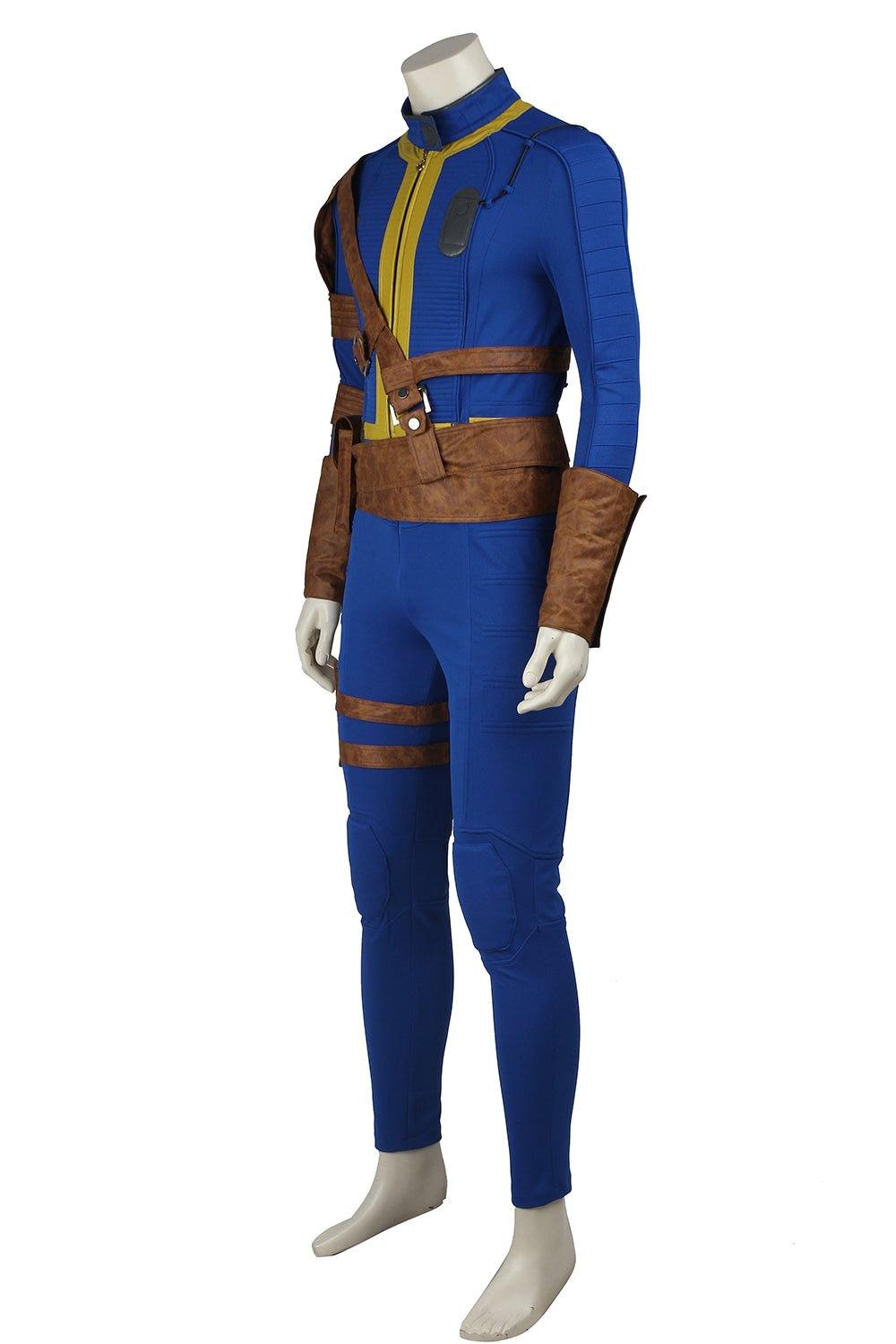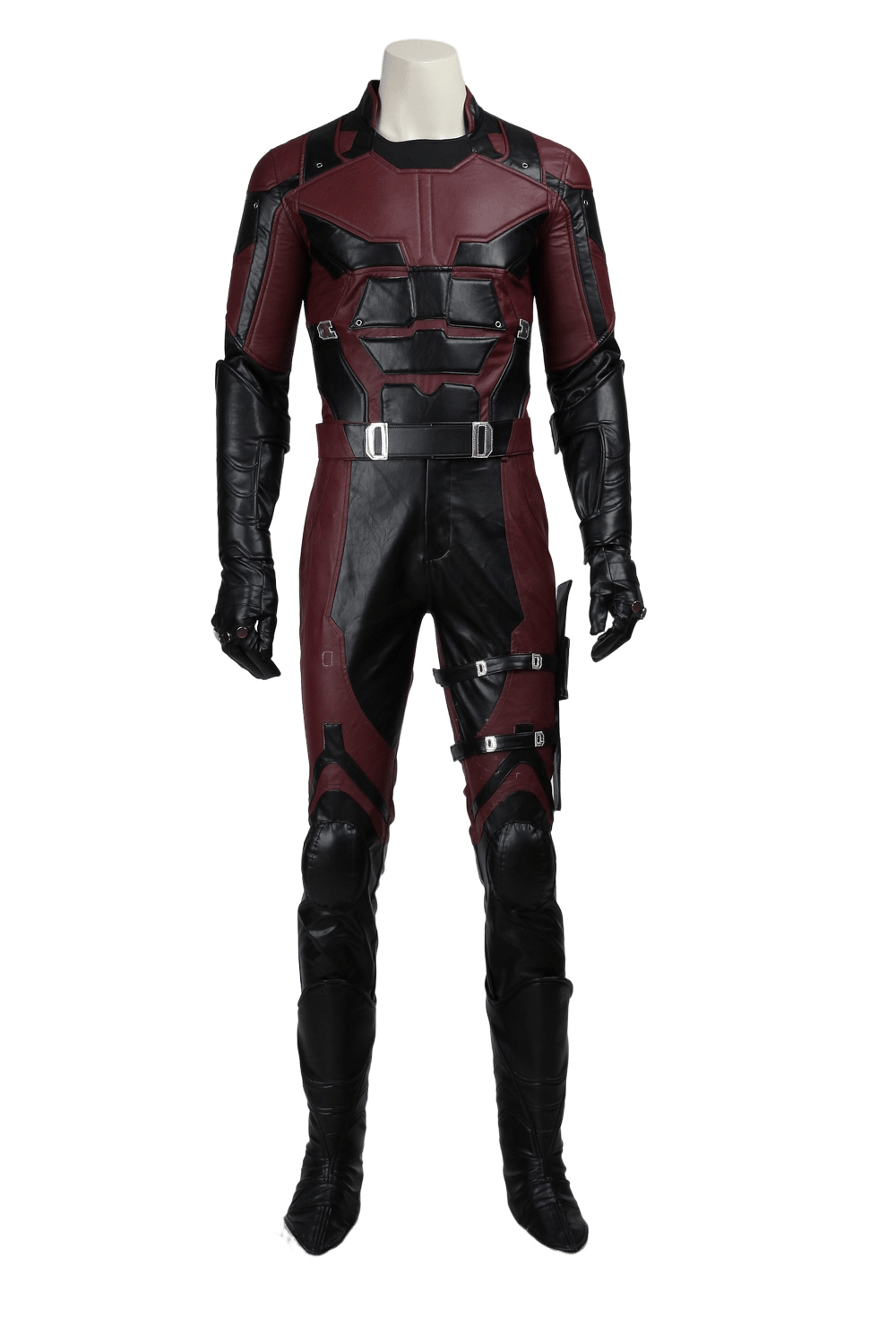Getting Started with Cosplay Costume Creation
Cosplay, a portmanteau of "costume" and "play," has become an increasingly popular hobby for fans of anime, manga, video games, movies, and other media. Creating your own cosplay costume can be an exciting and rewarding experience, allowing you to bring your favorite characters to life. While it may seem daunting at first, with the right guidance and resources, anyone can learn to make impressive cosplay outfits. This guide will walk you through the process of creating cosplay clothes, from planning to execution.
Choosing Your Character and Design
The first step in making cosplay clothes is selecting the character you want to portray. Choose a character you love and feel passionate about, as this will keep you motivated throughout the creation process. Once you've decided on a character, gather as many reference images as possible. Look for official artwork, screenshots, and even fan art to get a comprehensive view of the character's outfit from different angles.
When selecting your character, consider your skill level and available resources. If you're a beginner, it might be wise to start with a simpler design and work your way up to more complex costumes as you gain experience.
Planning Your Cosplay
Before diving into the creation process, it's essential to plan out your cosplay:
-
Break down the costume into individual components (e.g., shirt, pants, jacket, accessories).
-
Determine which pieces you can buy or modify from existing items and which you'll need to create from scratch.
-
Make a list of materials and tools you'll need.
-
Set a budget and timeline for your project.
Gathering Materials and Tools
For most cosplay projects, you'll need the following basic supplies:
-
Fabric (appropriate for your costume design)
-
Sewing machine
-
Scissors (fabric scissors and general-purpose scissors)
-
Measuring tape
-
Pins and needles
-
Thread in matching colors
-
Iron and ironing board
-
Fabric marker or chalk
Depending on your specific costume, you might also need:
-
Interfacing
-
Zippers, buttons, or other closures
-
Elastic
-
Foam (for armor or structural elements)
-
Paint and brushes
-
Hot glue gun and glue sticks
-
Wig and styling products
Choosing the Right Fabric
Selecting the appropriate fabric is crucial for achieving the desired look and feel of your costume. Consider factors such as:
-
Color and texture
-
Weight and drape
-
Stretch and flexibility
-
Durability
-
Ease of care
For beginners, cotton and polyester blends are often good choices as they're relatively easy to work with. As you gain more experience, you can experiment with more challenging fabrics like spandex, vinyl, or leather.
Taking Measurements
Accurate measurements are essential for creating well-fitting cosplay clothes. Take your measurements or have someone help you measure:
-
Chest/bust
-
Waist
-
Hips
-
Shoulder width
-
Arm length
-
Inseam
-
Height
Record these measurements and refer to them when creating or altering patterns.
Creating or Modifying Patterns
For many cosplay outfits, you'll need to create or modify existing sewing patterns. There are several approaches to this:
-
Use commercial patterns: Look for patterns that closely resemble parts of your costume and modify them as needed.
-
Draft your own patterns: This requires more skill but allows for greater customization.
-
Use existing clothing as a template: Trace pieces of clothing that fit you well to create pattern pieces.
When modifying patterns, use tracing paper to make alterations without damaging the original. Make a mock-up (or muslin) of your costume using cheap fabric to test the fit and make adjustments before cutting into your final fabric.
Cutting and Sewing
Once you have your patterns ready:
-
Lay out your fabric and pin the pattern pieces according to the grain line.
-
Cut out the fabric pieces carefully, leaving seam allowances.
-
Mark any darts, pleats, or other details on the wrong side of the fabric.
-
Begin sewing, starting with the largest pieces and working your way to smaller details.
-
Press seams as you go to achieve a clean, professional look.
Adding Details and Embellishments
Many cosplay costumes require additional details to bring them to life:
-
Appliqués: Create or purchase appliqués to add designs or symbols to your costume.
-
Embroidery: Hand or machine embroider details for added authenticity.
-
Trims and ribbons: Add these for decorative elements or to mimic specific costume features.
-
Paint: Use fabric paint for designs that can't be easily sewn or appliquéd.
Creating Armor and Props
For costumes that include armor or props:
-
Use EVA foam as a base material for many armor pieces.
-
Create patterns for armor pieces using paper or cardboard.
-
Cut foam pieces and shape them using heat (with a heat gun) if necessary.
-
Seal the foam with a flexible sealant before painting.
-
Paint and weather the armor to achieve the desired look.
Wigs and Makeup
Don't forget about hair and makeup to complete your cosplay look:
-
Choose a wig that matches your character's hair color and style, or style your own hair if appropriate.
-
Practice makeup techniques specific to your character, such as contouring, special effects, or application of prosthetics.
Resources for Cosplay Creators
There are numerous online resources available for cosplay creators:
-
YouTube channels: Many cosplayers share detailed tutorials on costume creation.
-
Cosplay forums and communities: Connect with other cosplayers for advice and inspiration.
-
Pattern-making software: Programs like CLO3D can help you create digital patterns.
-
Online cosplay shops: Websites like CrazeCosplay.com offer a wide range of cosplay costumes, accessories, and wigs if you need to supplement your handmade items.
Tips for Successful Cosplay Creation
-
Start early: Give yourself plenty of time to complete your costume, especially for complex designs.
-
Document your process: Take photos and notes as you work, which can be helpful for future projects or if you need to make repairs.
-
Be flexible: Be prepared to problem-solve and adapt your plans as challenges arise.
-
Practice wearing your costume: This will help you identify any comfort or mobility issues before an event.
-
Join cosplay groups: Connecting with other cosplayers can provide support, advice, and opportunities for group cosplays.
Caring for Your Cosplay Costume
After putting so much effort into creating your cosplay clothes, it's important to care for them properly:
-
Clean your costume according to the fabric care instructions.
-
Store costumes in a cool, dry place away from direct sunlight.
-
Use garment bags or boxes to protect costumes from dust and damage.
-
Make any necessary repairs promptly to prevent further damage.
Conclusion
Creating cosplay clothes is a rewarding process that allows you to express your creativity and passion for your favorite characters. While it may seem challenging at first, with practice and patience, you can develop the skills needed to create impressive costumes. Remember that cosplay is about having fun and expressing yourself, so don't be too hard on yourself if your first attempts aren't perfect. Each project is a learning experience that will help you improve your skills for future cosplays.
As you embark on your cosplay journey, don't hesitate to seek inspiration and advice from the vibrant cosplay community. Websites like CrazeCosplay.com can be valuable resources for both inspiration and supplementary items to complete your look. Whether you're crafting every piece by hand or combining handmade elements with purchased items, the most important thing is to enjoy the process and have fun bringing your favorite characters to life.
With dedication, creativity, and the right resources, you can create cosplay clothes that will impress fellow fans and bring joy to conventions and events. So gather your materials, fire up that sewing machine, and let your imagination run wild as you transform yourself into the characters you admire. Happy cosplaying!







